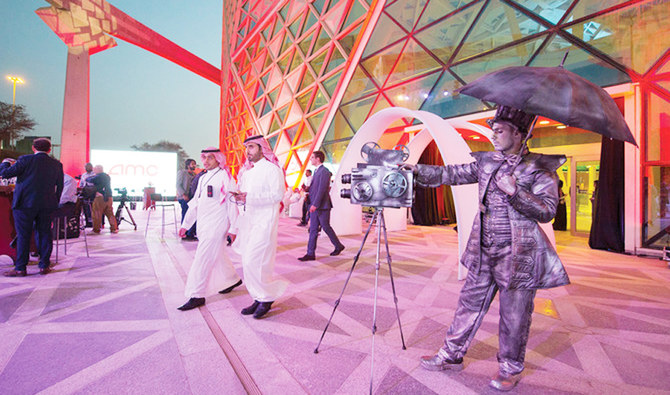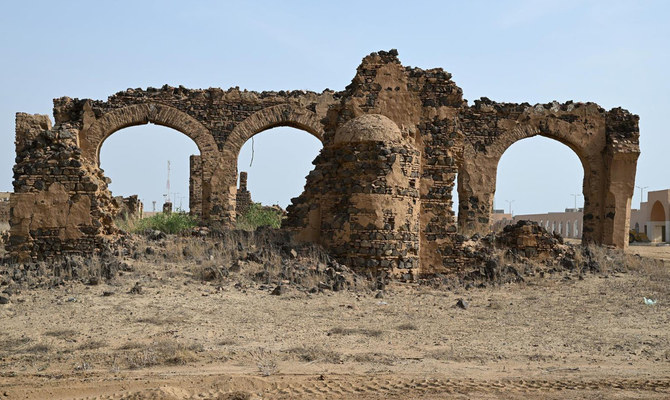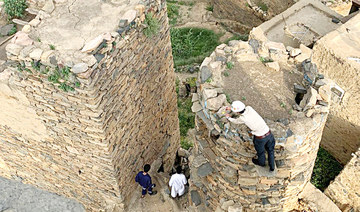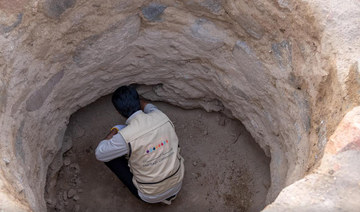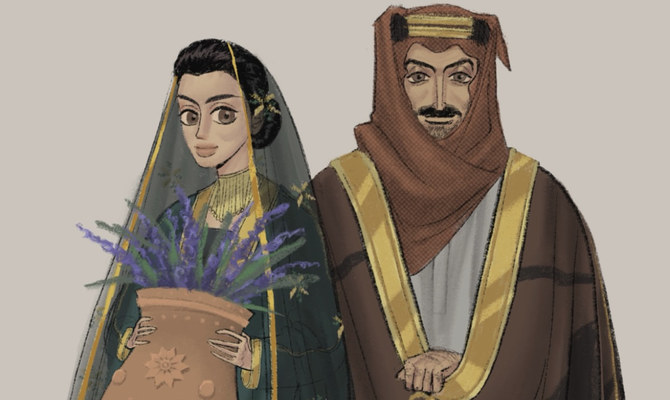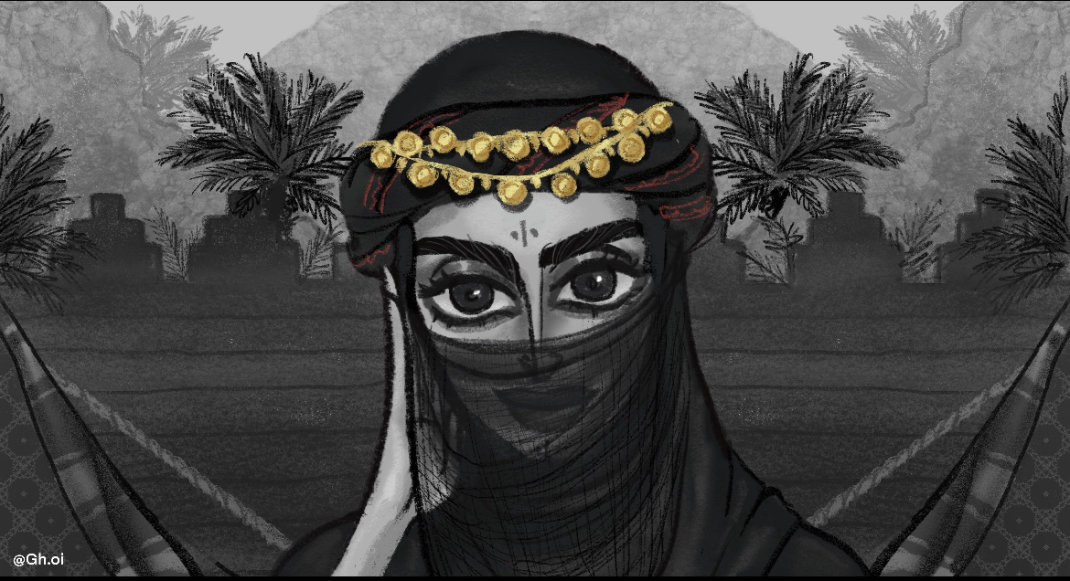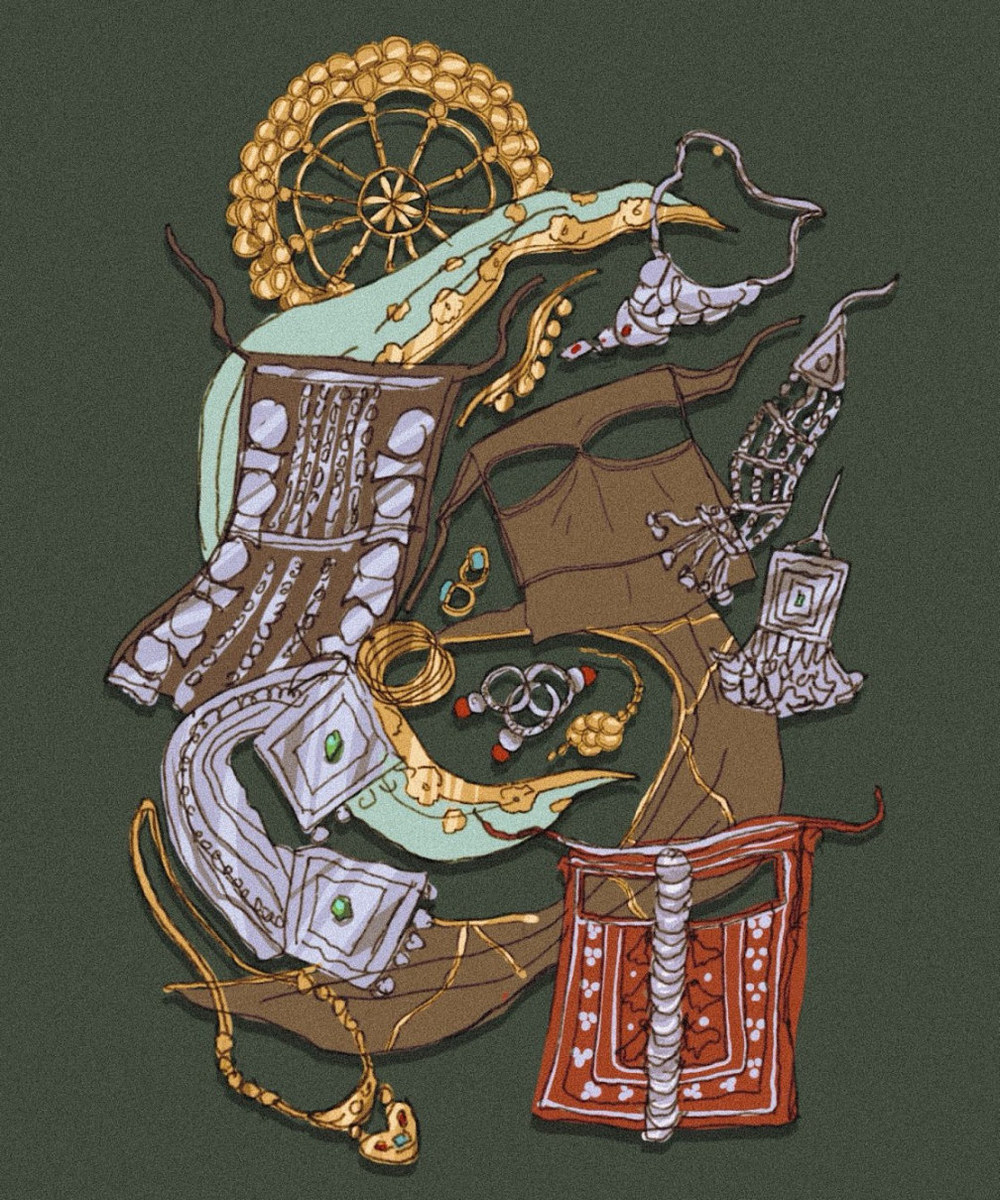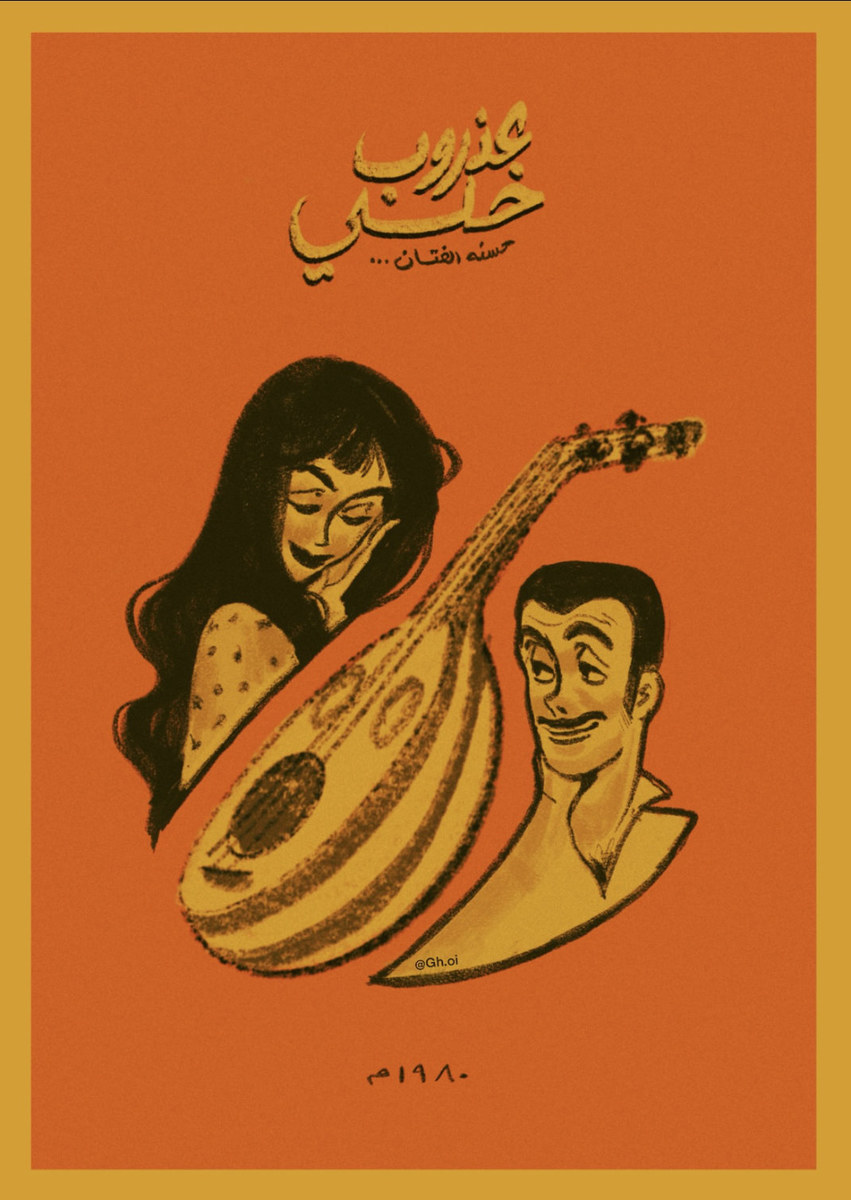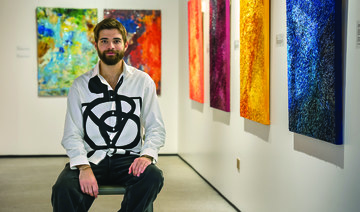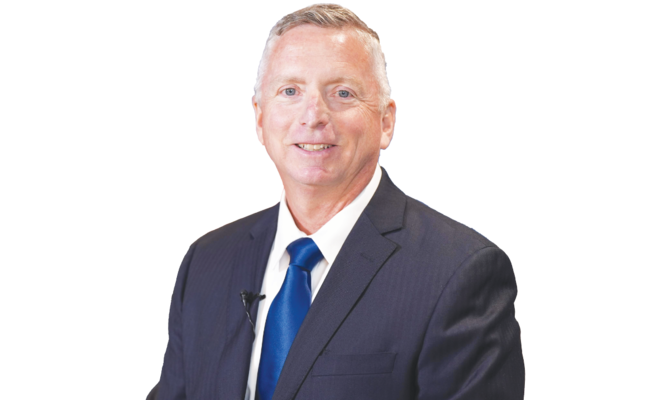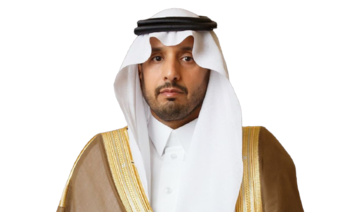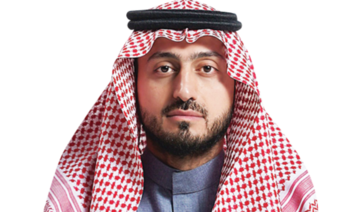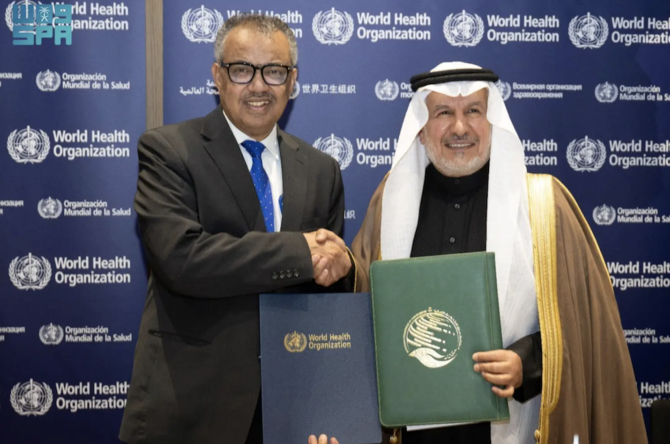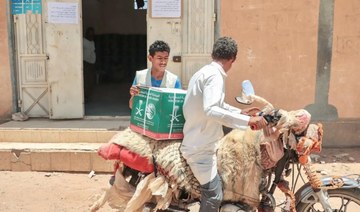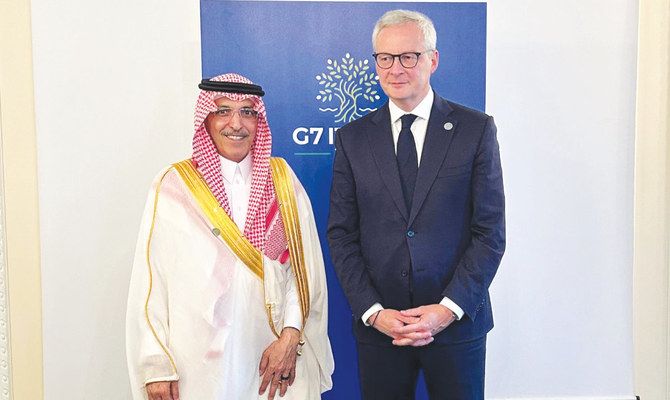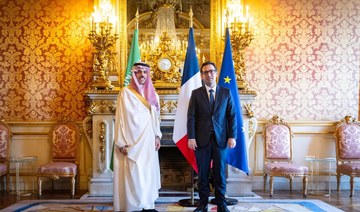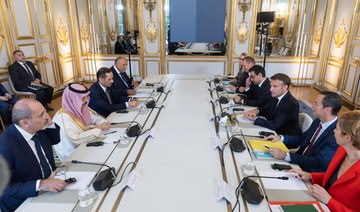JEDDAH: The Saudi Film Commission is preparing to launch the Digital Filmmaker Program, which will provide learning and training opportunities in film production specialisms for professionals and amateurs.
It will be launched online, under the auspices of the Ministry of Culture and as part of the Kingdom’s Vision 2030 reform plan.
The commission also wants to give local film producers the knowledge and tools to help contribute to the improvement of the Saudi film industry and upgrade it to higher professional levels.
“The courses the ministry is offering to students for free is amazing,” said Danya Alhamrani, a film director and producer who has 20 years of experience and is the cofounder of Eggdancer Productions. “As soon as I received the link I forwarded it to all my students. There are courses we can even learn and gain from for professionals, which I appreciate, because we should forever be learning and improving. My advice to filmmakers would be to take advantage of any and all opportunities for learning that come their way, but realize that it is only the beginning and that just because they took a course or two or three doesn’t mean they know everything.”
The training program will be inaugurated in February once the candidates have been selected. It will focus on seven learning tracks: Producers’ program, foundations of the film industry, marketing and distribution, audio engineering and production, scriptwriting, editing, and the film business market.
The first stage of the program includes three tracks through renowned educational institutions the British Film Institute, the School of Cinema-Television at the University of Southern California (USC), and the Creative Media Skills Institute (CMS) at Pinewood in the UK. The subjects are production, scriptwriting, animation, directing, audio engineering, visual effects, post-production, and other specialties related to the film industry.
There are six learning tracks with the USC — character development, short movies creativity, scenario analysis, scriptwriting basics, animation, and film business.
HIGHLIGHTS
• Saudi Film Commission’s digital program will provide learning and training opportunities in film production specialisms for professionals and amateurs.
• The commission wants to give local film producers knowledge and tools to help contribute to improvement of Saudi film industry and upgrade it.
• The 7 programs include: Focus on producers, foundations of the film industry, marketing and distribution, audio engineering and production, scriptwriting, editing, and the film business market.
Training at CMS will be six months long and it has nine tracks: Scenario development, story-building, character development, art production, film economies, production line, visual effects, post-production, in addition to career paths in films and production process.
The program aims to support specialist talent in cinema, and provide people with comprehensive practical experience in the movie production process, starting with the pitch all the way to post-production, marketing, and distribution.
The Saudi Film Commission will start receiving applications from Jan. 1 through the platform https://engage.moc.gov.sa/film_talents. Candidates will be chosen according to the criteria posted on the platform.
The beginner and amateur track is for people who are interested in filmmaking but lack experience, while the professional and experienced track is for people who have experience and want to improve their skills.



